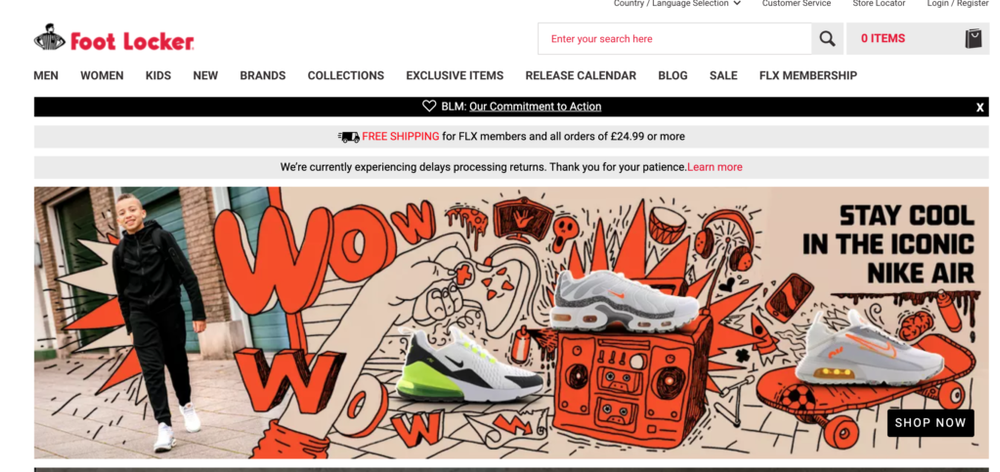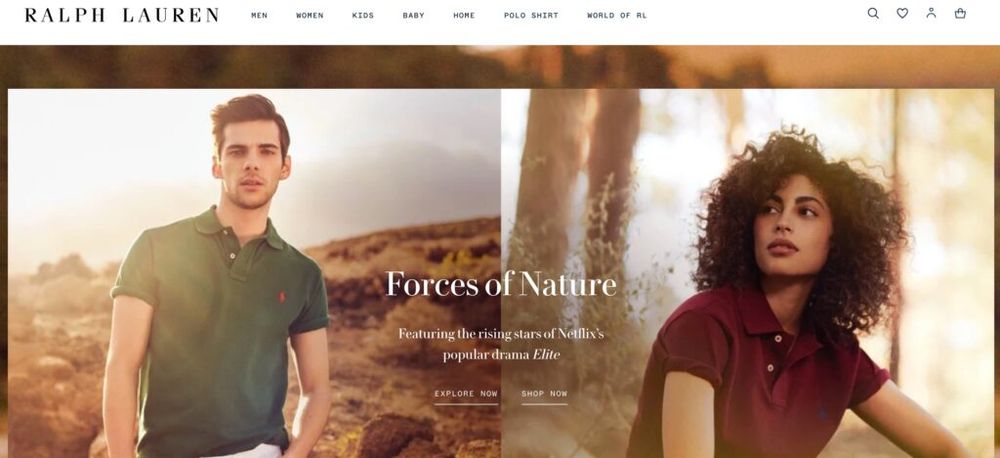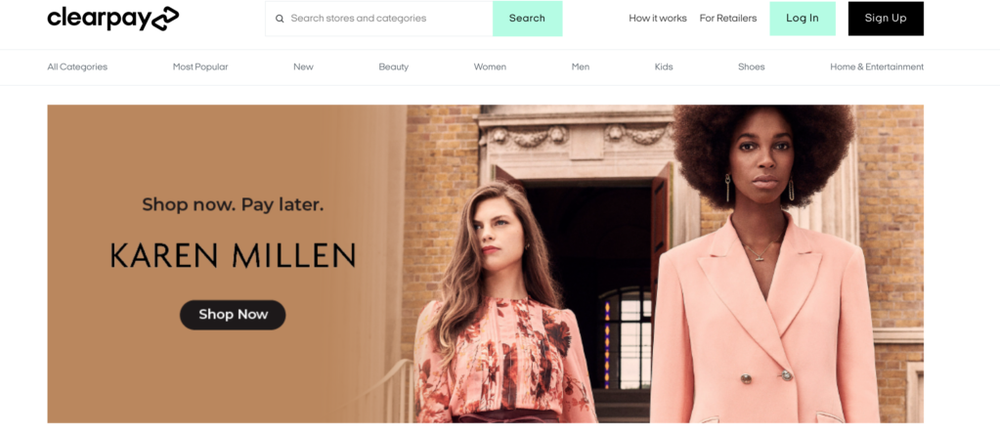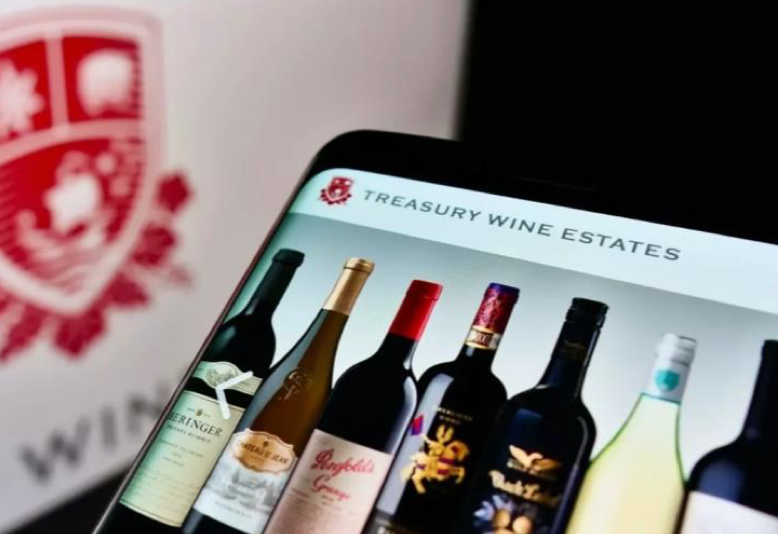How far and how fast are you investing in digital? If you are looking for inspiration here’s The Buyer’s round up the latest digital trends, insights and initiatives.
If you feel like you have spent the last few months living inside your laptop, desktop or smartphone then you are not alone. If our lives were already mostly spent staring at some screen or other before Covid-19, then the impact of the lockdown has meant we have not been able to function without logging on in the morning and off at night.
It’s what you have done online, however, over the last few weeks and months that will determine just how well you have coped with Covid-19 and the new demands and challenges it has placed on how we work and carry out our everyday lives.
To help you keep on top of what’s important when it comes to adopting and adapting to digital and online, The Buyer will over the coming weeks and months be sharing key insights, trends, and initiatives both within the drinks and hospitality sectors and beyond.
For, after all, we are all having to learn as we go.
The Mabray factor

Paul Mabray talking at the inaugural One Step Beyond event, co-hosted by The Buyer, in March, is arguably one of the wine industry’s most respected commentators on online and e-commerce
Where better to start than with the thoughts of Paul Mabray, arguably one of the most respected and experienced figures when it comes to investing and implementing a digital strategy in the wine industry. He has also started this week a new series of updates detailing the efforts he is making through his wine digital insights agency, Emetry, to introduce a new online platform for producers and buyers and share his own insights and experiences. (You can sign up by subscribing for free here).
As he explains here: “Using the foundation we’ve built at Emetry, we are now racing forward to build the most powerful platform that will unlock wine online, with the single goal of connecting buyers and sellers. This is the journey I’m on and I hope you’ll join me. Together, we can build our own future.”
Its focus is on solving the following problems:
- “How does a small wine seller (winery, retailer) get the attention of a wine buyer who has never tasted their wines or visited their estate?
- “How do they do it without another company inserting themselves into the customer relationship and running off with both profitability and the customer?
- “How does the industry prepare for the eventual success of Amazon, which will have the buying power and same-day delivery capabilities of 476 US Whole Food stores?”
Its solution? Well it’s a bit Californian in the words he uses – “We brainstormed and found a North Star” – but it makes good business sense: to “create a platform to connect buyers and sellers that won’t take a percentage of the transaction”. He adds: “A platform that will deliver customers to the seller without hijacking them for their own sales efforts.”
Quite how he and Emetry will go about turning a “brainstorm” into a commercially viable platform will be fascinating to follow, as will its potential impact on the rest of the online wine channel.
The fact he is willing to go online and use social media to share his vision and plans is a unique use of digital in the first place.
But it is also a great calling card and shout out not just to the wine industry, but the digital world itself that it is open for business and looking to recruit. For as Mabray explains having the business idea was the first step, the second is to “build the right team” to make it happen, for, he adds, “I believe team is more important than the idea”.
Right skills and insights
It’s a mantra the wine and drinks industry, and all the channels it supports, across retail and hospitably, should take on board. There are simply not the digital skills in the respective sectors at the moment to fully capitalise on the online opportunity that all businesses now have.
It’s one thing wanting to invest in digital it is quite another knowing how to do it. Successfully. Here are some digital insights that have caught our attention in recent weeks.
How fast and effective is your site?

It is worth shopping the Footlocker site to see how quick and easy it is pick and pay
A new report from Retail Systems Research is well worth your time as it reveals just how damaging having a slow performing site can have on your online business. If you don’t know how fast or slow your site is and how it stacks up against consumer expectations then you need to find out fast. If not then these findings from the study, which analysed 80 US online retail sites,might convince you:
- 52% of shoppers said they get frustrated when shopping on sluggish retail sites.
- Up to 90% of consumers have left a website if it loaded too slowly.
- Load times vary enormously; the fastest load time was 2.2 seconds, but the slowest was 43.9 seconds.
- If a retailer’s website loads too slowly, 57% of 2020 respondents go to another, similar retailer, 41% head to Amazon and 21% never return to the site.
- 45% of those surveyed said online shopping will now be a daily necessity for them because of Covid-19.
It also means ensuring your site works just as effectively for mobile purchases as it does those working on desktops. It reveals that:
- 32% of people would rather buy via a retailers’ mobile site once they’ve started shopping on their phone because it’s easy.
Who is doing it best?

The Ralph Lauren has been voted the best in its class for e-commerce
If you want to check out the retailers that are performing best online, then you need to be looking outside the drinks industry. The top performing sites in the RSR study are as follows with scores marked out of a top score of 45 across 18 categories:
- Ralph Lauren: 42.5 points
- Tailored Brands (Men’s Wearhouse): 40 points
- Foot Locker: 37.5 points
- L Brands (Victoria’s Secret): 37.5 points
In terms of speed then the top five fastest loading sites in the report are:
Nike shuns traditional wholesalers for DTC

Keep on top of DTC trends by following every step that Nike takes
If you want to keep pace of what is happening in the incredibly fast moving direct to consumer sector then turn all your alerts on to Nike. Not only does DTC account for close to two thirds of of its global revenues, doubling its DTC sales from $6.63bn in 2015 to $12.38bn in 2020, it is shaking up the traditional retail sector for every high street brand.
It is now reported to be cutting ties with nine major traditional wholesalers as it looks to take even more control of its supply chain by putting more resource and time into DTC.Even Amazon has been cut from Nike’s preferred distributor list.
The wholesalers and retail chains it continues to work with are very much the chosen ones, but they too have to work with Nike DTC’s strategy pushing and co-promoting to it social media and shopping sites.
The key word here is “legacy”. Those are the wholesale businesses that Nike is running away from– fast. If you think the term “legacy” could apply to you then work out why and how to fix it.
How flexible are your payment terms?

Have you considered introducing a ‘buy now pay later’ service on your site? Perhaps you should…
As we are now so much more used to buying goods online, we are also becoming more choosy with who we spend our money with based on how flexible they are with their paying terms.
Expect to see those sites that offer a wider selection of how you pay to become more popular, particularly as recession bites in the coming months. Afterpay, for example, is a new ‘buy now pay later’ tool that is increasingly being installed by a wide range of retailers who are using it a key selling point on their online sites. It claims that amongst the US retailers that install it, up to 50% of payments switch to a regular pay by instalment basis.
Offering such a service, says Afterpay, then increases the rate at which those shoppers will return to the site to buy other products.
It claims in Australia and New Zealand, where it was first introduced in 2015 and 2017 respectively, its users are now buying goods on an instalment basis 23 times on average a year. “Newer customers in the US and the UK. are following a similar upward trend,” it adds, which it claims drives “more sales, higher average order value and more conversion from shopping cart to payment”. “Globally, repeat customers represented 90% of our gross merchandise volume over the course of Q3 2020,” it adds.
More luxury retailers are using flexibly payment tools as a way to persuade customers to trade up and treat themselves to goods and services they can pay for over a longer period of time.
A report by Payments.com shows that 87% of those surveyed between 22 to 44 years of age are interested in having the flexibility of breaking up large purchases into monthly instalments.
Click here for its free full ‘Buy Now Pay Later’ report .
- If you have digital innovations you would like to share with the trade then please contact Richard Siddle and we can look to include it in our next Digital Hub update. Email Richard at richardsiddle@btopenworld.com.









































